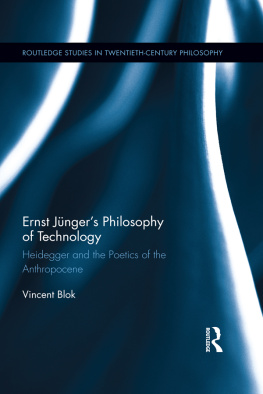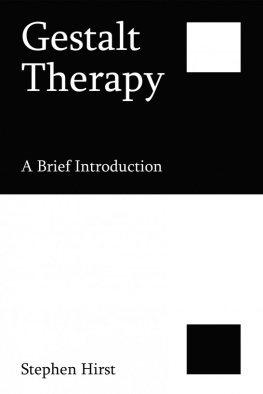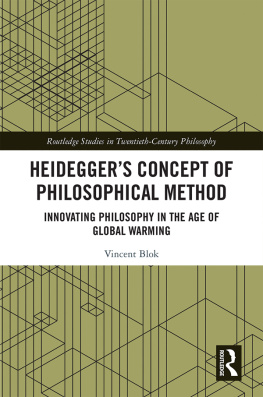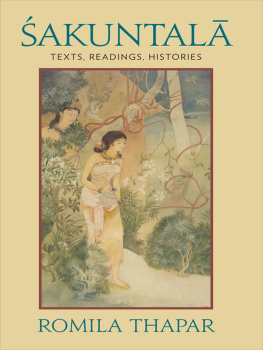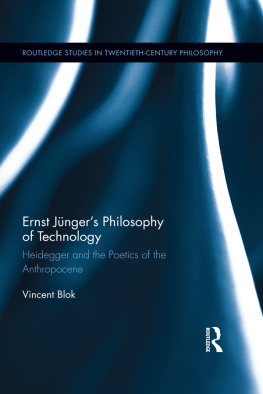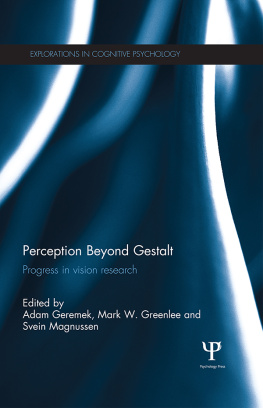Like no one else, Hermann Hesse revealed in his novel Demian the umbilical cord of the war fever in Germany. The liberation of the German youth, which took place with the outbreak of the First World War, was described by Hesse as the experience that fate and adventure called us and that soon the world needed us to revolutionize.
Such a war ideology was not limited to the Germans. It could also be seen on thousands of French and English faces who, packed on boats and trains, said goodbye to their families to sacrifice themselves in the struggle of civilization against barbarism (Henri Bergson) and against a world full of devils (Paul Natorp). It concerned the war to end all wars (H. G. Wells) or, more generally, the liberation of the world.
A great deal of historical research has already been done about the so-called war fever of 1914 and the related war ideology. Some historians, such as Wolfgang Kruse and Jeffrey Verhey, have convincingly shown that both concepts are in fact the product of war propaganda. The Spirit of 1914 could indicate a profound societal crisis, which eventually became the prelude to National Socialism in Germany. The question is: what is the nature of this societal crisis?
The work of Ernst Jnger can give an indication of the real meaning of this societal crisis. In this chapter, we explore Jngers concept of this crisis, which he calls the age of technology, and the turning of Beingthe emergence of the gestalt of the workerhe surmises in the technological world we currently live in (). We end the chapter with a methodological reflection on the question of how Jnger can have access to a gestalt of the worker which is not there and still has to come.
Notes
. Hesse, Hermann, Demian (Frankfurt am Main: Suhrkamp, 1981) 158.
. Cf. Kruse, W., Kriegsbegeisterung? Zur Massenstimmung bei Kriegsbeginn, Eine Welt von Feinden. Der groe Krieg 19141918, ed. W. Kruse (Frankfurt am Main: Fischer Verlag, 1997) 159166; Rrup, R., Der Geist von 1914 in Deutschland. Kriegsbegeisterung und Ideologisierung des Krieges im Ersten Weltkrieg, Ansichten vom Krieg. Vergleichende Studien zum Ersten Weltkrieg in Literatur und Gesellschaft, ed. B. Hppauf (Knigstein: Verlag Anton Hain Meisenhem, 1984) 130.
. Kruse, W. Kriegsbegeisterung? Zur Massenstimmung bei Kriegsbeginn, 160.
. Verhey, J., The Spirit of 1914: The Myth of Enthousiasm and the Rhetoric of Unity in World War I Germany (Berkeley: PhD thesis, 1991).
. Kruse, W. Kriegsbegeisterung? Zur Massenstimmung bei Kriegsbeginn, 170. Cf. 165170.
. The year 1914 was without a doubt a turning point in European history and world history. But it was not the Spirit of 1914 that gave it its meaning. 1914 brought the bourgeois world together, ended a historical epoch that had begun in 1789 (Rrup, Der Geist von 1914 in Deutschland, 29). Cf. Leed, E.J., No Mans Land: Combat and Identity in World War I (Cambridge: Cambridge University Press, 1979) 3972.
Part III
The Essence of Language and the Poetics of the Anthropocene
Speluncam exploravimus Votre Majest sait comme moi que lavenir est gros de plus doccurrences quil nen peut mettre au monde. Et il nest point impossible den entendre bouger quelques-unes au fond de la matrice du temps. Mais lvnement seul dcide laquelle de ces larves est viable et arrive terme. Je nai jamais vendu au march des catastrophes et des bonheurs accouchs davance .
(Yourcenar, LOeuvre au Noir )
In the previous chapter, we obtained an indication of Jngers concept of the essence of language and the transformation of saying in his early work, i.e., the poetic naming of the gestalt of the worker. Jngers language is indeed ambiguous in The Worker, but his notion of the hidden horizon of the language of signs clearly shows that he is on the way to a non-metaphysical concept of the essence of language. Is this ambiguity of the essence of language removed in his later work after Across the Line from 1950 and Heideggers Concerning The Line from 1955?
In his Notes on The Worker from 1964, Jnger says that Type, Name, Gestalt from 1963 once again reflects on the gestalt of the worker. In Type, Name, Gestalt, the term Gestalt is explained anew and in a systematic manner. Here, the gestalt is also bound with language. However, in this later book, language does not have the ambiguous status it has in The Worker, rather it is bound with poetics and naming. In this chapter, Type, Name, Gestalt will be consulted in order to better understand Jngers later understanding of the nature of language. On this basis, Jngers transformation of saying toward a non-metaphysical language can first be determined.
But before we can inquire about Jngers terms gestalt and name, the question must be answered as to whether his later work can be understood as part of a continuum that includes his earlier concept of the gestalt. His observation in Notes on The Worker from 1964, that Type, Name, .

